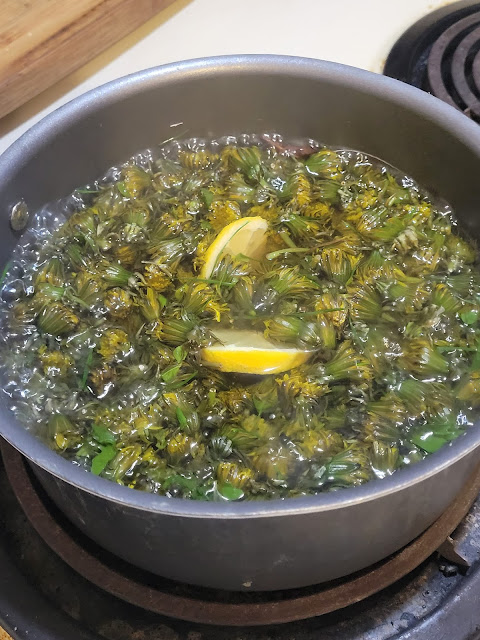Savoring the Hunt: Preserving Venison's Aroma Through Cold Packing and Pressure Canning
Preserving the delicious flavors of venison is a time-honored tradition that allows us to enjoy the taste of the hunt long after the season ends.
One popular method for preserving venison is cold packing, which involves canning the meat in its own juices without pre-cooking. In this article, we'll explore the process of cold packing venison using a pressure canner and discuss the enticing aroma that permeates your kitchen during the canning process.
Recipe: Cold Packed Venison Using a Pressure Canner
Ingredients:
- - Freshly butchered venison, cut into desired pieces
- - Canning jars (preferably quart-sized)
- - Salt (optional)
- - Pressure canner
- - Canning lids and rings
- - Jar lifter
- - Clean towels
Instructions:
1. Prepare the Venison:
Ensure that the venison is freshly butchered and free from any signs of spoilage or excessive fat. Cut the venison into suitable pieces for canning, such as chunks or slices.
2. Sterilize the Jars:
Wash the canning jars, lids, and rings with hot, soapy water. Rinse them thoroughly, then place the jars in a large pot of boiling water or a dishwasher to sterilize them. Keep the lids and rings in a separate bowl of hot water.
3. Pack the Jars:
Remove a sterilized jar from the pot or dishwasher and place it on a clean towel. Pack the venison tightly into the jar, leaving approximately 1 inch of headspace at the top. If desired, add a pinch of salt to each jar for seasoning. Repeat this process for all the jars.
4. Secure the Lids and Rings:
Wipe the rims of the jars with a clean, damp cloth to ensure they are free from any residue or food particles. Place a sterilized lid on each jar and screw on the rings until they are just fingertip tight. Avoid overtightening, as it can interfere with the sealing process.
5. Prepare the Pressure Canner:
Fill the pressure canner with the required amount of water according to the manufacturer's instructions. Place the canning rack inside the canner to prevent direct contact between the jars and the bottom of the pot.
6. Process the Jars:
Carefully lower the filled jars into the pressure canner using a jar lifter. Ensure that the jars are not touching each other or the sides of the canner. Secure the lid of the pressure canner following the manufacturer's guidelines.
7. Process the Venison:
Heat the pressure canner over high heat until steam starts to escape from the vent pipe. Allow the steam to vent for 10 minutes, then place the pressure regulator weight on the vent pipe or follow the specific instructions for your canner model.
8. Monitor and Adjust Pressure:
Maintain a steady pressure according to the recommended guidelines for your altitude and the type of meat being canned. Process the venison for the specified time, adjusting the heat as needed to maintain the required pressure.
9. Cool and Store:
Once the processing time is complete, turn off the heat and let the pressure canner cool naturally. Avoid opening the canner until it has depressurized completely. Carefully remove the jars using a jar lifter and place them on a clean towel. Allow the jars to cool for 12 to 24 hours. Ensure that each jar is properly sealed (the lid should not flex when pressed down in the center). Store the sealed jars in a cool, dark place.
The tantalizing aroma that fills your kitchen during the process of pressure canning venison is a testament to the preservation of its savory goodness.
Cold packing venison allows you to capture the natural flavors while ensuring its long-term storage. So, embrace the art of preserving venison, savor the delightful scent, and delight in the convenience of having delicious venison on hand for future culinary adventures.





















Comments